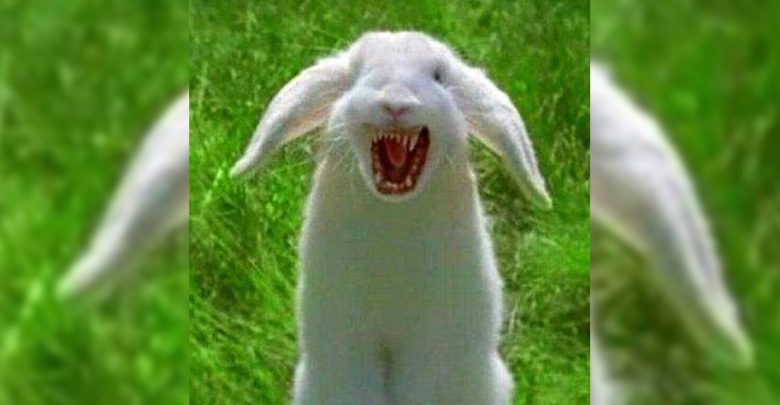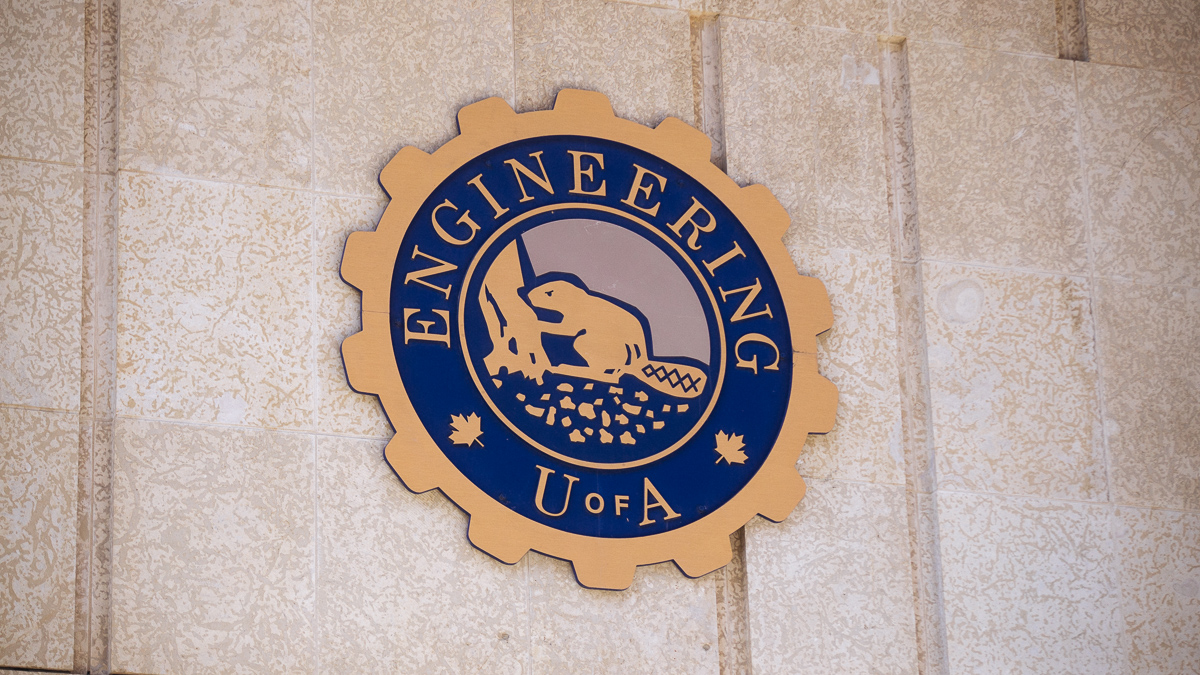 Supplied
SuppliedA study out of the University of Alberta found that in the winter, snowshoe hares scavenge food from various animal carcasses — including feathers.
The purpose of the study was to understand how frequently they do it, and what types of species they scavenge. The Gateway spoke with Michael Peers, a PhD candidate in the biological sciences department who co-authored the study, to learn more about these carnivorous lagomorphs.
The Gateway: Why do hares eat carcasses?
Peers: What we think is that they opportunistically scavenge for protein. We only found it happening in the winter time and it’s a pretty clear seasonal pattern. At that time of year, hares browse on willow, dwarf birch, and they’ll eat the bark of aspen and things like that, which are really low in protein content. So that’s what we’re expecting, that scavenging is for protein.
Is this scavenging isolated to one particular species of hare, or multiple species?
So hares and rabbits are in the group called lagomorphs. And there are other lagomorphs that are known to scavenge and have been reported scavenging. And just a lot of herbivores in general scavenge. Cows, people have seen them eating chicks and eggs and bird nests, reindeer same thing, white-tailed deer. A
What are hares’ primary diet?
The scavenging makes up a small portion of their diet. It’s just going to supplement what I think is the protein… It’s not going to be a really large portion of their diet… In our field site, which is in the Kluane Lake region of the Yukon, in the winter time they eat primarily willow, dwarf birch, and aspen bark and even some spruce needles or spruce branches in our area. It seems like a pretty horrible diet to be existing on, but they do make it through.
If hares came across a hare carcass, would they scavenge those too?
We found quite frequently that they did scavenge other hare carcasses. The one interesting thing we found is hares consuming feathers off some of the bird carcasses, some spruce grouse carcasses we put out. And it was pretty clear it wasn’t just from grabbing meat that happened to have feathers, it was pulling off the feathers and eating them… There’s a lot of protein in feathers, and so it would be interesting to know exactly how they’re digesting it, but I think it’s for protein.
Did you discover that hares scavenge or did you pick hares specifically to look at?
For this note, we wrote about hares specifically because there’s not a lot of research on snowshoe hare scavenging and we knew it would be an interesting topic for a field note like this. When we first started putting out carcasses, it wasn’t specifically to capture hare scavenging. We saw it happening, we were excited about it, we saw there were some old field notes describing that this happens, so we thought, you know, let’s try to monitor it and quantify it.
How did you study this behaviour?
We used motion-triggered cameras, people use them for hunting and different things, but basically, they detect movement. When something passes in front of them, they take a photo… So then it’s really perfect because we don’t have to be there.
How long was the study?
We’ve been putting out carcasses since the winter of 2015 and it’s sort of been a side project. It wasn’t something that’s a part of any of our PhDs and
Is there a next step in this study?
For me personally, the next thing I think would be pretty interesting would be to monitor scavenging of snowshoe hares in other parts of their range to see if it is widespread, to see what factors alter its occurrence.




